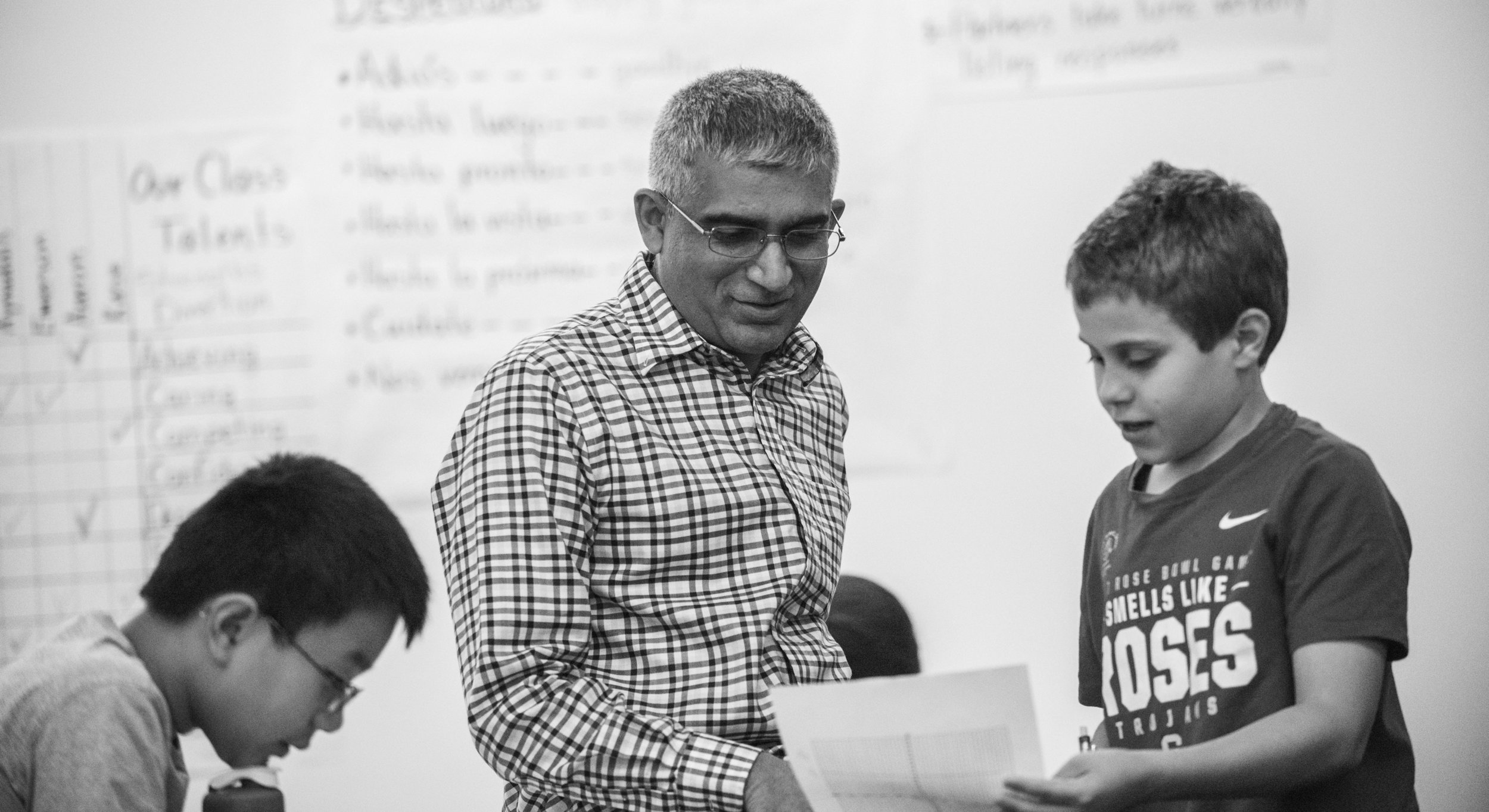
Math Academy's teaching model leverages the following eight cognitive learning strategies:
- Automaticity and Computational Fluency
- Distributed Practice
- Mixed Review
- Active Learning
- Layering
- Cognitive Noninterference
- Deliberate Practice
- Mastery Learning
strategy 1: Automaticity and Computational Fluency
Working memory can typically only maintain 3-5 novel elements at any one time, however, it has an essentially unlimited ability to hold and process elements of knowledge that have been successfully transferred to long‐term memory. Once knowledge has been encoded in long-term memory, recall is effortless and automatic. An individual’s problem-solving ability depends on how much information about the topic is stored in the individual’s long‐term memory and the quantity and quality of the linkages that identify the relationships among memorized elements. Therefore, to improve problem‐solving skills, the priority must be to increase the content and improve the organization of the student’s long‐term memory. Extensive practice using “automated” knowledge to solve a variety of problems gradually builds computational fluency: an intuitive sense of what information and rules to apply.
Further Reading:
Strategy 2: Distributed Practice
The most effective means of constructing long-term memories is to re-engage with concepts at progressively greater intervals (the spacing effect). In contrast, doing a large number of a specific type of problem within a short-period, known as massed practice, has little to no long-term benefit but numerous negative side effects, most notably—boredom, burnout, and the inefficient use of time.
Further Reading:
Strategy 3: Mixed Review
Presenting problems out of context is the most effective means of improving a learner's ability to match a problem with the appropriate concept or procedure. Together with distributed practice, the two perform an especially powerful mix, however, few textbooks have ever been written with any awareness of these techniques, therefore they are all but absent from the classroom - much to the chagrin of researchers in cognitive learning theory.
Further Reading:
Strategy 4: Active Learning
Passively watching, reading and observing are not nearly as effective a means of acquiring a new skill as is performing or attempting to perform the skill itself. Therefore, time spent lecturing is kept to a minimum in order to allow as much time as possible for in-class exercises and problem-solving.
Further Reading:
Strategy 5: Layering
As the number of neural connections increase, the more ingrained a concept or skill becomes. Acquiring new skills and concepts that exercise prerequisite or component concepts, is an especially efficient method of increasing the number of connections to existing knowledge. But that's not all. It has the added, and even greater, benefit of increasing the organization and comprehension of existing knowledge.
Further Reading:
Strategy 6: Cognitive Noninterference
Learning highly similar or related items simultaneously, or in close succession, causes encoding interference and impedes recall. The typical K-12 curriculum is divided into units of related material and taught in subsequent lessons, which has the adverse effect of causing both proactive and retroactive interference. New concepts should be taught alongside or following dissimilar material so as to avoid this problem. When this method is utilized, multiple topics can be successfully taught within a single class period.
Further Reading:
Strategy 7: Deliberate Practice
Deliberate practice is a highly structured activity engaged in with the specific goal of improving performance and is qualitatively different from the simple repetition of a task. The practice must be intentional, focused on improving performance, designed for the current skill level, and combined with immediate, expert feedback and repetition. This is easily pulled off in a classroom but is much more difficult to arrange in the context of a homework assignment without the aid of a tutor. Luckily, this can be simulated with the help of sufficiently advanced software (see below).
Further Reading:
Strategy 8: Mastery Learning
Mastery learning is a method of instruction where the focus is on the role of feedback in learning and establishes a level of performance that all students must master before moving on. It has been shown to be one of the most powerful educational techniques ever discovered, however, to realize its potential requires one-on-one tutoring, which is excessively resource-intensive - known as “Bloom’s 2-Sigma Problem”. However, through the use of a custom web-based learning platform, this and the above techniques can be combined into an exceptionally potent personalized learning system.
Further Reading:


